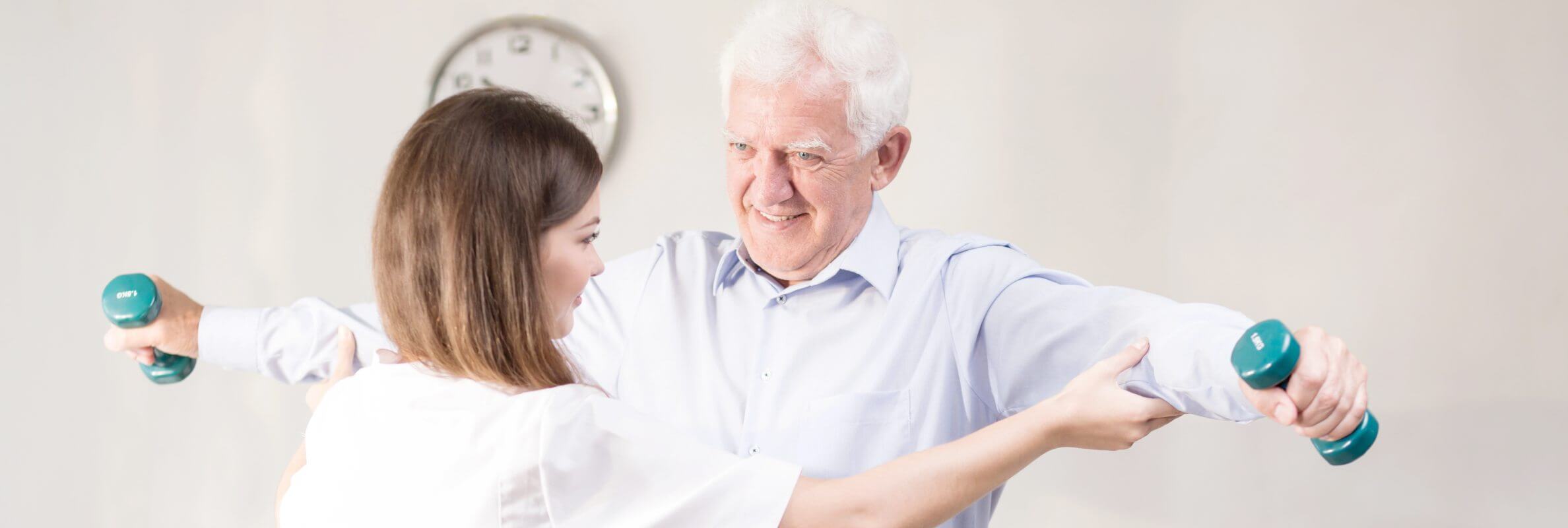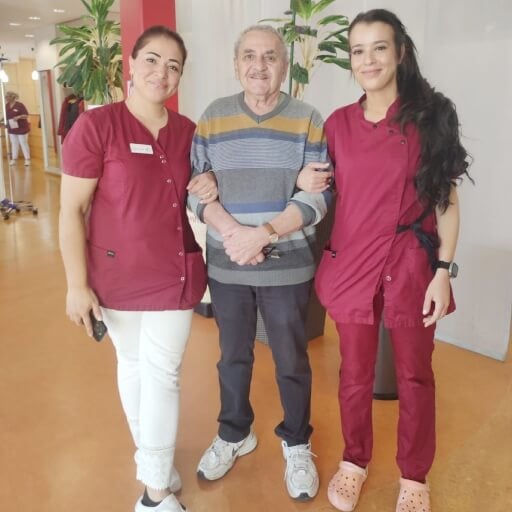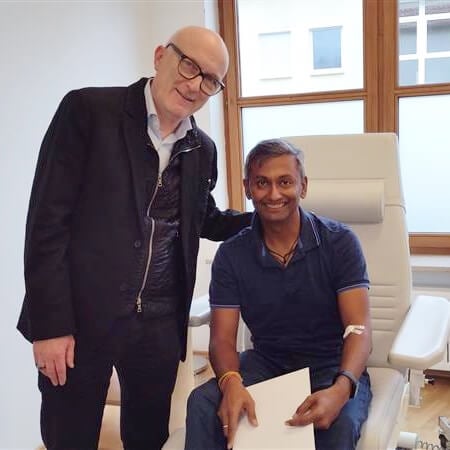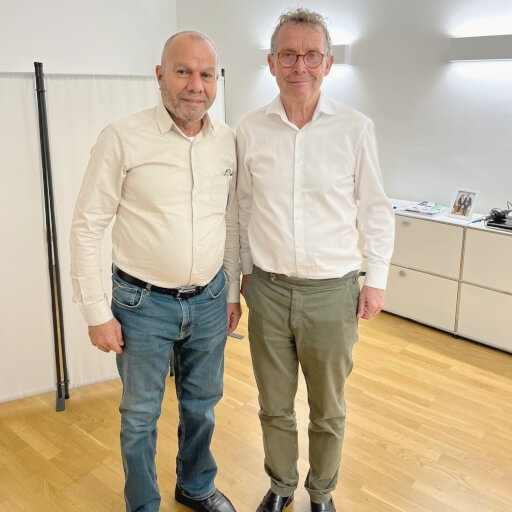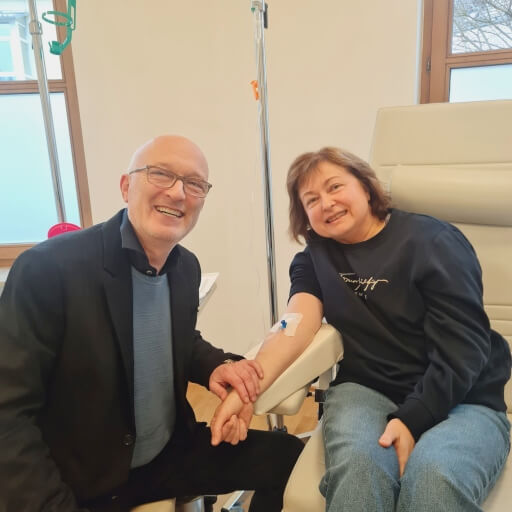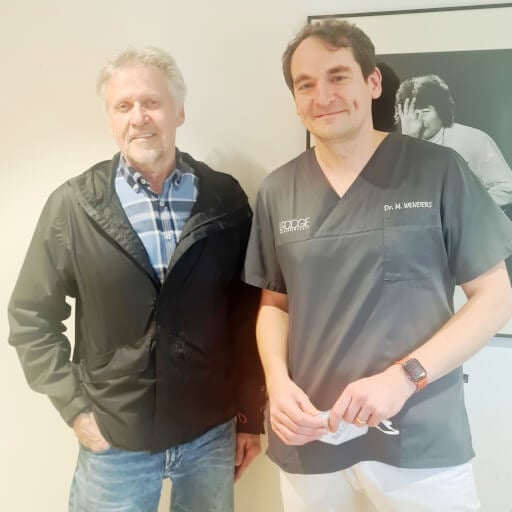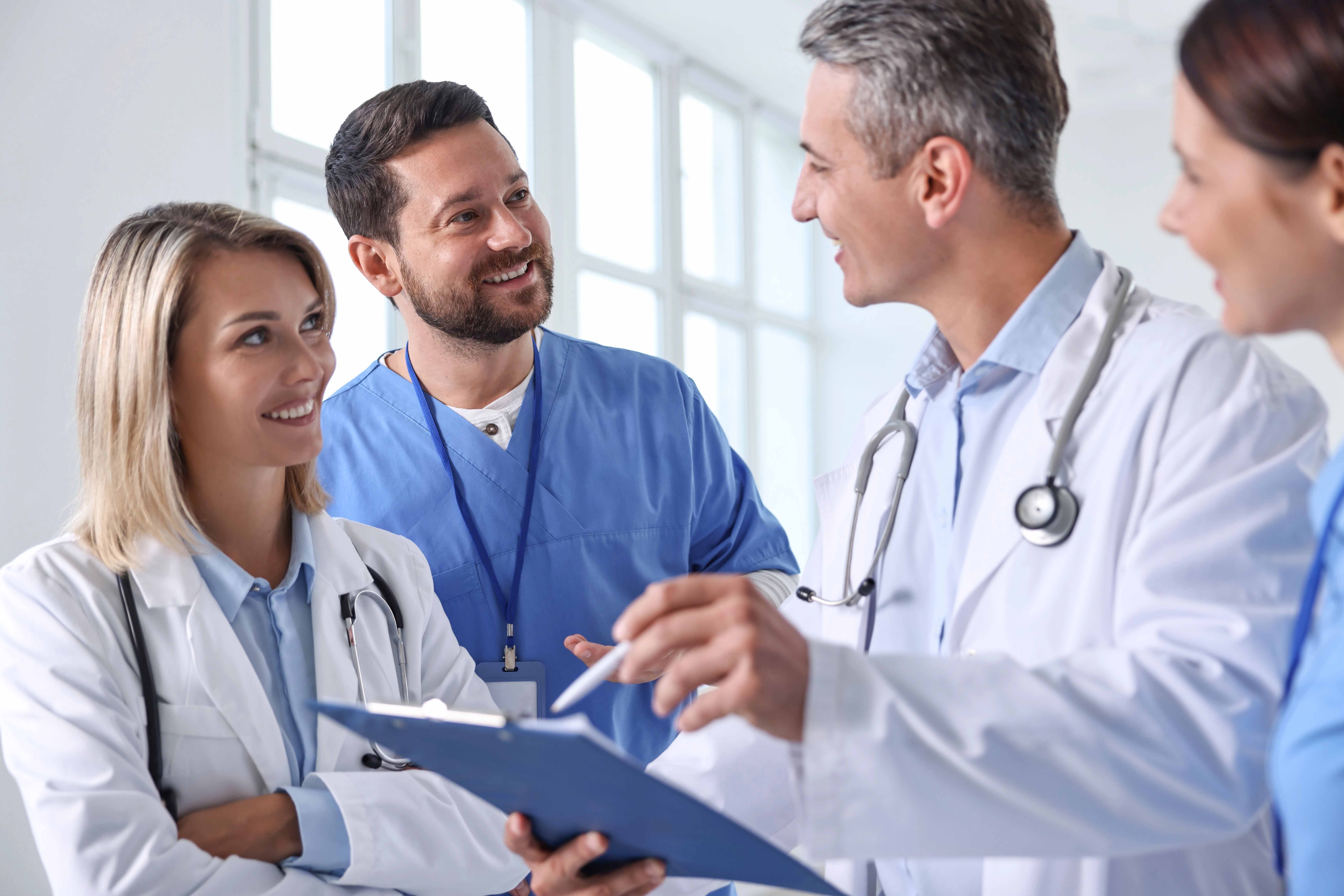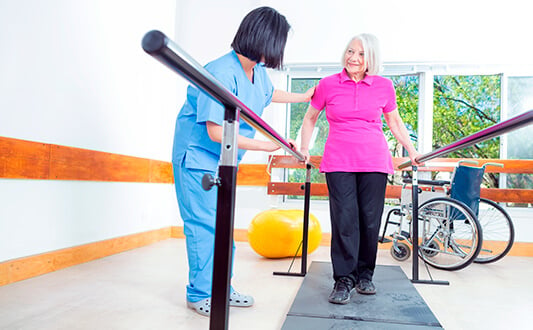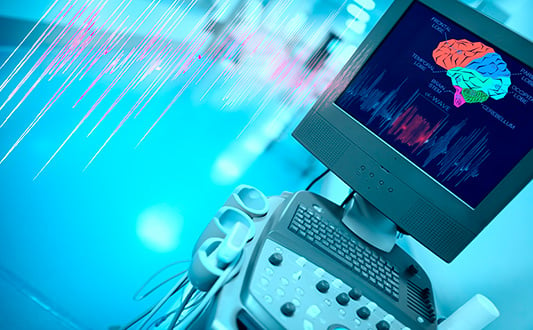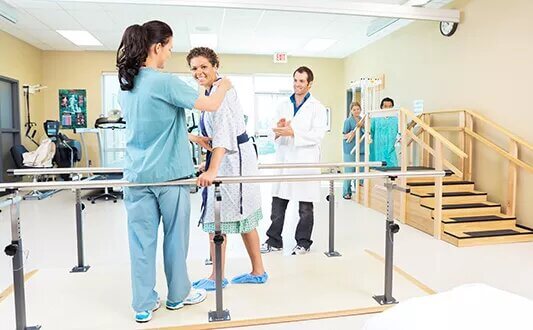A stroke is a serious medical condition that occurs when the blood supply to a part of the brain is suddenly disrupted, either due to a blocked artery (ischemic stroke) or a ruptured blood vessel (hemorrhagic stroke). This interruption deprives brain tissue of oxygen and nutrients, causing brain cells to die within minutes.
According to the World Stroke Organization, over 12 million people worldwide will experience their first stroke this year, and 6.5 million will die as a result. Currently, more than 100 million people globally have experienced a stroke. While the incidence of stroke increases significantly with age, over 60% of strokes occur in individuals under the age of 70, and 16% affect those under 50.
The severity and type of complications following a stroke vary depending on the brain region affected. However, it is important to recognize that a stroke is not the end. With prompt medical attention, appropriate treatment, and comprehensive rehabilitation, many stroke survivors lead fulfilling lives. In fact, timely and structured rehabilitation after stroke is critical to maximize recovery potential. Studies show that starting rehabilitation early, ideally within the first 24 to 48 hours, can significantly improve outcomes.
Understanding Stroke Recovery and Rehabilitation Timeline
Rehabilitation after a stroke is a complex and ongoing process that unfolds in stages, starting as early as the acute phase in the intensive care unit. Recovery is deeply influenced by the brain's ability to reorganize itself, a phenomenon known as neuroplasticity. This ability is strongest in the first six months post-stroke, making this window critical for initiating rehabilitation therapy after a stroke.
During this early phase, the focus is on stabilizing vital functions and preventing complications such as pneumonia, blood clots, or muscle atrophy. Within 24-48 hours, if the patient is medically stable, basic movement exercises and passive limb mobilization begin. As soon as possible, patients are transferred to a rehabilitation unit or specialized centers for neuro rehabilitation after stroke where comprehensive therapy is intensified.
Recovery follows a general pattern: rapid gains often occur within the first few weeks, followed by slower progress over the next few months. Some abilities may be fully regained, while others may require adaptation and compensation strategies.
Delaying therapy can reduce the chance of regaining lost function. Studies confirm that patients who start rehabilitation early are more likely to regain independence and experience fewer long-term disabilities. Therefore, structured rehabilitation plans, including physical, occupational, and speech therapies, should be tailored and started immediately after stabilization to make the most of the brain's natural healing capabilities.
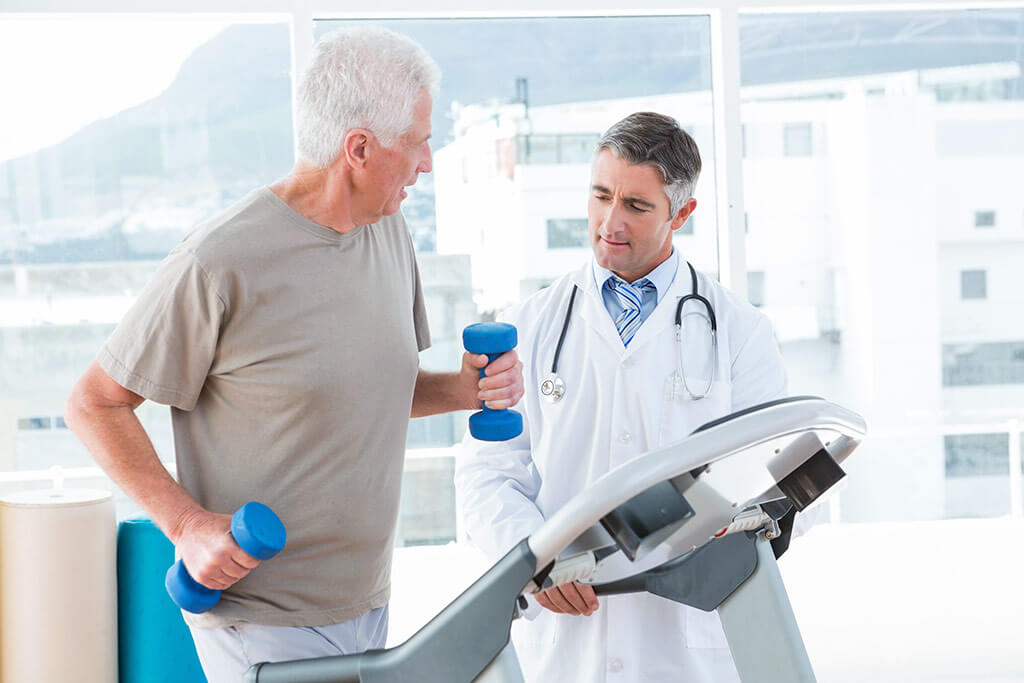
Types of Stroke Rehabilitation Therapies
After a stroke, the rehabilitation process focuses on restoring lost functions and helping patients adapt to new physical and cognitive challenges. In rehabilitation centers after stroke, multidisciplinary teams create tailored plans that combine multiple therapies based on each patient's unique needs and goals.
Physical Therapy (Physiotherapy)
Physical therapy is essential for regaining strength, balance, and coordination. Therapists help patients re-learn basic movements such as standing, walking, and transferring from a bed to a chair. Stretching and resistance exercises reduce spasticity and improve joint mobility, preventing complications such as muscle contractures and pressure sores.
Kinesitherapy and Functional Training
Kinesitherapy focuses on therapeutic movements that retrain the body to perform everyday activities. Functional training simulates real-life tasks, such as climbing stairs or dressing, gradually improving independence. In Germany, rehabilitation centers for stroke patients often use advanced simulators that track progress in real time and provide instant feedback.
Speech and Language Therapy
Many stroke survivors experience aphasia, dysarthria, or apraxia of speech. Speech rehabilitation after stroke includes exercises to improve verbal communication, articulation, and swallowing. Therapists also use assistive devices and visual tools to strengthen comprehension and expression.
Occupational Therapy
Occupational therapy teaches patients how to perform daily tasks such as eating, bathing, or using utensils. It may involve adaptive techniques or tools to support those with limited mobility or coordination. Therapists focus on increasing patient autonomy at home and in the community.
Cognitive Rehabilitation
Cognitive rehabilitation after stroke targets memory, attention, problem solving, and executive functions. Neuropsychologists often use computerized brain training programs, puzzles, and real-life tasks to stimulate cognitive functions. Emotional and behavioral support is also provided, especially for patients struggling with frustration, anxiety, or depression.
Neurorehabilitation Techniques
Modern rehabilitation centers after stroke use the following advanced technologies to accelerate recovery:
- Neuromuscular electrical stimulation (NMES): stimulates weakened muscles to contract and improve motor control.
- Transcranial magnetic stimulation (TMS): enhances brain plasticity and communication between neurons.
- Microcurrent therapy: boosts cellular repair and pain relief.
- Biofeedback systems: help patients visualize muscle activity and control body movements more effectively.
Mental Imagery and Robotic-Assisted Therapy
Mental practice, in which patients visualize performing movements, has been shown to improve motor recovery by activating brain regions involved in movement. Robotic-assisted devices, such as exoskeletons or robotic arms, guide repetitive, precise motions and are especially helpful for those with severe impairments.
By combining these therapies into a structured plan, rehabilitation for stroke becomes a transformative process that empowers patients to regain lost abilities and rebuild their lives with dignity.
Rehabilitation in Germany: A Comprehensive and Individual Approach
Germany is home to some of the world's leading rehabilitation centres for stroke patients, offering an integrated and personalized approach to recovery. These facilities combine medical expertise with advanced technologies and modern infrastructure, making them a top choice for international patients seeking high-quality rehabilitation therapy after a stroke.
Each patient receives a tailored recovery plan developed by a multidisciplinary team of neurologists, physiotherapists, kinesiotherapists, speech-language pathologists, neuropsychologists, and occupational therapists. The team evaluates the patient's condition, goals, and progress, adjusting the therapy as needed. The aim is not only to improve mobility but also to address speech, cognitive, emotional, and behavioral changes caused by the stroke.
Rehabilitation for stroke patients in Germany also includes the latest methods such as transcranial magnetic stimulation, neuromuscular electrical stimulation, proprioceptive training, robotic-assisted therapy, and microcurrent treatments. High-tech simulators, virtual reality systems, and biofeedback devices are also used to enhance motor skills and track patient progress in real time.
Patients also benefit from psychological support, nutritional counseling, and therapy to improve sleep and emotional regulation to ensure holistic recovery.
| Hospital | Average Cost (Phase C Neurorehabilitation) |
|---|---|
| Rehabilitation Clinic Benedictus Krankenhaus Feldafing | 1,018 EUR/day |
| Neurological Rehabilitation Clinic Godeshöhe Bonn | 1,120 EUR/day |
| St. Mauritius Therapieklinik Meerbusch | 1,234 EUR/day |
| Maternus Rehabilitation Clinic Bad Oeynhausen | 957 EUR/day |
| Neurological Rehabilitation Clinic RehaNova Cologne | 900 EUR/day |
These centers are equipped with everything necessary for intensive rehabilitation in a comfortable and supportive environment. The combination of clinical excellence, innovative technology, and compassionate care makes Germany one of the best destinations for rehabilitation therapy after a stroke.
Real Experiences from Stroke Survivors
Solomiya, 62, Ukraine
After a severe ischemic stroke left Solomiya with right-side paralysis and speech difficulties, her family brought her to a renowned rehabilitation center after stroke in Cologne. Within weeks, she regained partial mobility and began speaking short sentences. "The therapists believed in me even when I couldn't. Thanks to the intensive program and caring staff, I now walk with a cane and enjoy conversations with my grandchildren again."
Markus, 48, Germany
Markus experienced a hemorrhagic stroke that impacted his coordination and ability to focus. His personalized therapy plan included cognitive exercises, neuromuscular stimulation, and occupational training. "The attention to detail was incredible. Every session felt like it was designed just for me," he shares. After three months of rehabilitation for stroke patients, he returned to his part-time job as an engineer.
Fatima, 55, UAE
Fatima arrived in Germany unable to swallow or speak following her stroke. With advanced speech rehabilitation after stroke and innovative robotic therapy, her progress was steady. "The compassion I felt from everyone here gave me the strength to keep trying. I can now eat on my own and even read bedtime stories to my niece."
Jürgen, 70, Austria
Jürgen was admitted to a rehabilitation center after stroke in Bonn, after a mild stroke affected his left arm and short-term memory. "I was amazed by how quickly I improved," he says. After completing his therapy, he regained full use of his arm and passed his cognitive re-evaluation. "I feel like myself again."
Every Patient Has a Story: Booking Health Treatment Journeys that Inspire
Why Timely Rehabilitation Matters and Booking Health Support
Timely and structured rehabilitation after stroke plays a crucial role in determining how much function a patient can recover. The earlier therapy begins, the better are the chances of regaining movement, speech, cognitive function, and independence. Modern rehabilitation centers after stroke offer evidence-based therapies that stimulate neuroplasticity and help the brain build new pathways, especially within the first six months.
Choosing the right rehabilitation center for stroke can be overwhelming for patients, especially when dealing with a life-changing condition. That is where Booking Health comes in. We specialize in organizing medical trips to Germany's top rehabilitation clinics. Our services include:
- Recommending the best clinic for your condition
- Obtaining an invitation from the clinic
- Assisting with visa and medical documentation
- Providing airport pickup and interpreter services
- Offering discounts on treatment costs
Let us handle the logistics so you can focus entirely on healing and recovery.
Send your request now to start your rehabilitation journey with support and care.
A Medical Journey: Every Step of the Way With Booking Health
Finding the best treatment strategy for your clinical situation is a challenging task. Being already exhausted from multiple treatment sessions, having consulted numerous specialists, and having tried various therapeutic interventions, you may be lost in all the information given by the doctors. In such a situation, it is easy to choose a first-hand option or to follow standardized rehabilitation protocols with a long list of adverse effects instead of selecting highly specialized innovative treatment options.
To make an informed choice and get a personalized rehabilitation plan, which will be tailored to your specific clinical situation, consult medical experts at Booking Health. Being at the forefront of offering the latest medical innovations for already 12 years, Booking Health possesses solid expertise in creating complex rehabilitation programs in each individual case. As a reputable company, Booking Health offers personalized treatment plans with direct clinic booking and full support at every stage, from organizational processes to assistance during treatment. We provide:
- Assessment and analysis of medical reports
- Development of the rehabilitation program
- Selection of a suitable treatment location
- Preparation of medical documents and forwarding to a suitable clinic
- Preparatory consultations with clinicians for the development of medical care programs
- Expert advice during the hospital stay
- Follow-up care after the patient returns to their native country after completing the medical care program
- Taking care of formalities as part of the preparation for the medical care program
- Coordination and organization of the patient's stay in a foreign country
- Assistance with visas and tickets
- A personal coordinator and interpreter with 24/7 support
- Transparent budgeting with no hidden costs
Health is an invaluable aspect of our lives. Delegating management of something so fragile yet precious should be done only to experts with proven experience and a reputation. Booking Health is a trustworthy partner who assists you on the way of pursuing stronger health and a better quality of life. Contact our medical consultant to learn more about the possibilities of personalized treatments with leading specialists in this field.
Frequently Asked Questions About Stroke Rehabilitation
Send request for rehabilitationStroke rehabilitation is a set of therapies aimed at restoring lost physical, cognitive, and emotional functions after a stroke. It is essential for helping patients regain independence and improve their quality of life.
Rehabilitation is based on the patient's specific impairments, the part of the brain affected, and overall health status. Individualized therapy plans ensure a targeted recovery.
Rehabilitation should begin as soon as the patient is medically stable, usually within 24 to 48 hours. Early intervention significantly improves recovery outcomes.
After completing intensive rehabilitation, many patients continue with outpatient therapy or at-home exercises. Periodic follow-ups and support are often required for long-term improvement.
The duration varies depending on the severity of the stroke and the patient's progress. It can range from several weeks to several months or longer.
Common therapies include physical therapy, speech and language therapy, occupational therapy, and cognitive rehabilitation after stroke.
Physical therapy helps restore muscle strength, coordination, and balance. It is essential for improving mobility and preventing complications like joint stiffness.
Yes, modern methods, such as neuromuscular electrical stimulation, transcranial magnetic stimulation, and microcurrent therapy, enhance neuroplasticity and recovery.
Mental imagery activates similar brain areas as physical movement, supporting motor relearning. It is especially helpful for patients with limited mobility.
Choose treatment abroad and you will for sure get the best results!
Authors:
This article was edited by medical experts, board-certified doctors Dr. Nadezhda Ivanisova, and Dr. Vadim Zhiliuk. For the treatment of the conditions referred to in the article, you must consult a doctor; the information in the article is not intended for self-medication!
Our editorial policy, which details our commitment to accuracy and transparency, is available here. Click this link to review our policies.
Sources:
Read:
Rehabilitation in Germany - a speedy and full recovery
Article menu:
- Understanding Stroke Recovery and Rehabilitation Timeline
- Types of Stroke Rehabilitation Therapies
- Rehabilitation in Germany: A Comprehensive and Individual Approach
- Real Experiences from Stroke Survivors
- Why Timely Rehabilitation Matters and Booking Health Support
- A Medical Journey: Every Step of the Way With Booking Health
- Frequently Asked Questions About Stroke Rehabilitation
Don't know where to start?
Contact Booking Health